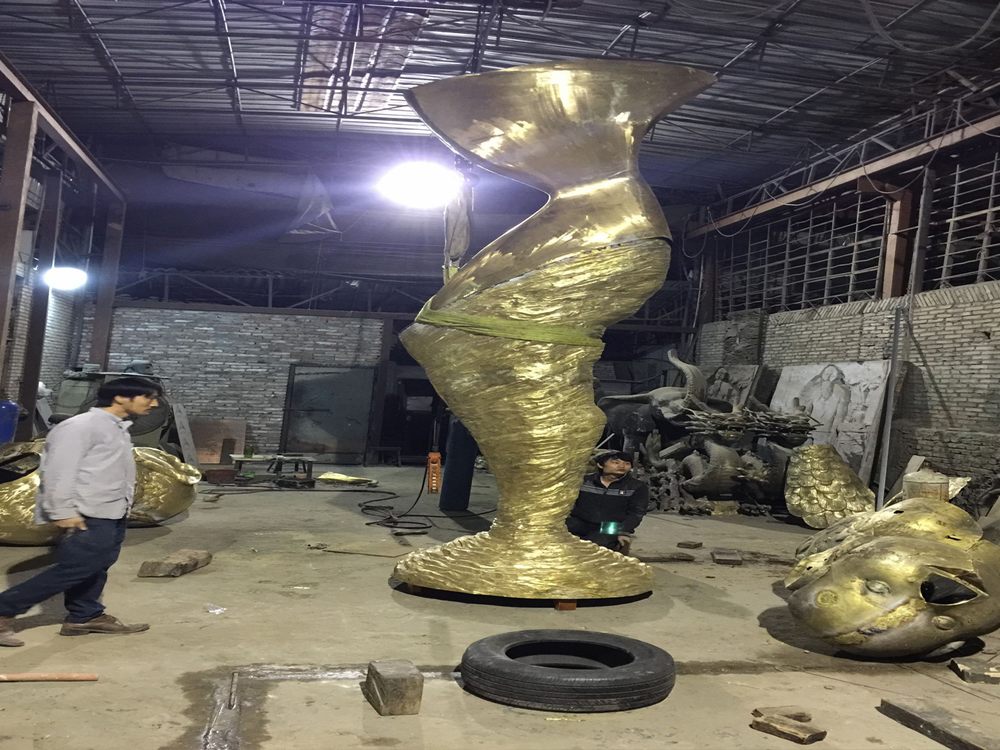
The art of stone sculpture transcends mere aesthetics when skilled artists incorporate functional elements into their works. Sculptors achieve this delicate balance through centuries-old techniques refined for modern applications, particularly in creating pieces like fountains that serve both decorative and practical purposes.
Master craftsmen begin by carefully selecting the right type of stone. Porous materials like limestone or sandstone work well for water features, while harder stones like granite provide durability for functional pieces. The design process considers both artistic vision and practical requirements, ensuring water flow patterns in fountains complement the sculpture's form.
Traditional carving methods meet engineering principles as sculptors hollow out water channels while maintaining structural integrity. They employ specialized tools - from chisels for rough shaping to pneumatic hammers for precision work - creating hidden reservoirs and circulation systems that appear seamless within the artwork.
Modern sculptors often integrate technology, using water pumps and lighting systems concealed within the stone. This marriage of ancient craftsmanship and contemporary innovation results in breathtaking functional art that enhances spaces while serving practical needs. The true mastery lies in making these technical elements appear as natural extensions of the artistic composition.
From public plazas to private gardens, these functional stone works demonstrate how sculptural art can transcend visual appeal to become interactive, living pieces that engage multiple senses while fulfilling utilitarian roles in our daily environments.

